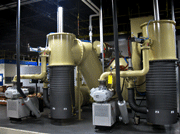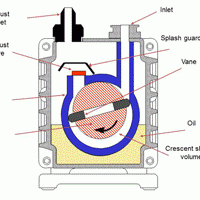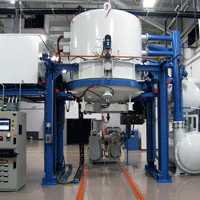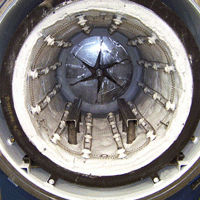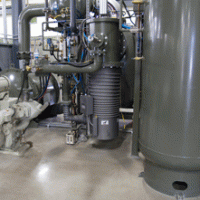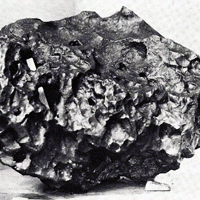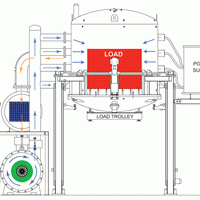Most of us are familiar with processing in the vacuum range up to around 1.33 x 10-3 Pa (1 x 10-5 torr) or slightly lower. There are also lessons to be learned from understanding the demands of ultra-high vacuum applications. What is an Ultra-High Vacuum? Practical high vacuum levels (Table 1) range down to approximately 1.33 x 10-4 Pa (1 x 10-6 torr) while ultra-high vacuum (UHV) levels are in the vacuum range characterized by pressures of about 10-7 Pa (7.5 x 10-10 torr) and greater. These vacuum levels demand the use of special materials of construction and processing techniques such as preheating (i.e. bake-out) of the entire system for several hours prior to processing to remove water and other trace gases, which adsorb on the surfaces of the chamber.
These vacuum levels demand the use of special materials of construction and processing techniques such as preheating (i.e. bake-out) of the entire system for several hours prior to processing to remove water and other trace gases, which adsorb on the surfaces of the chamber. At these low pressures, the mean free path of a gas molecule is approximately 40 km (24.8 miles), so gas molecules will collide with the chamber walls more frequently than they collide with each other. Thus, almost all gas interactions, therefore, take place on various surfaces in the chamber.

